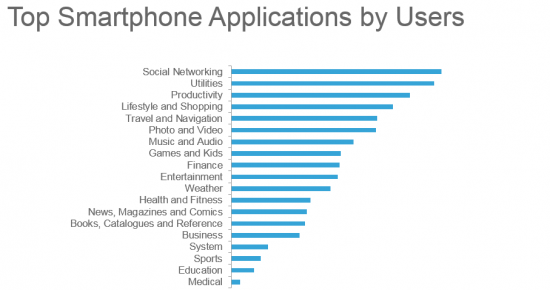































In the latest annual update to Cisco Visual Networking Index (VNI) Complete Forecast, 2015-2020 we forecasted that the global number of IP connected devices and connections will grow from 16.3 billion in 2015 to 26.3 billion in 2020 -adding net new 10 billion device and connections. What could be exciting about the consistent growth year after year in the total number of devices and connections, you ask? If the average 3.4 devices and connections per capita by 2020 for a forecasted global population of 7.8 billion (that's every man, woman and child -including a newly born infant) is not exciting, perhaps the ever-changing mix and network implications might interest you more.
While growing up in India, I was a late inductee in 1990 to the then limited number of households that owned and watched a colored analog TV set. In 1991, I got my first exposure to a desktop PC, which needed to be in an air-conditioned room for fear of melt down. I did not see a cellphone until 1994, when I first came to the US and had the opportunity to own one in 1996. It was a clunky piece with a battery that was thicker than any phone available and functioning in the market today. I did not realize then how pivotal that single device would become to our daily routines as human beings -evolving from a basic feature phone to a smartphone that is a hub of our communication, information and entertainment and much more.
The device and connections landscape is consistently changing in form factors, computing capabilities, network connectivity, portability and mobility. Over the last few years, we have seen introduction and adoption of tablets and phablets that have eroded the personal computer installed base. The increased digitization has made IoT or machine-to-machine (M2M) connections all pervasive in our personal and work lives. Non-smartphones continue to see a global decline while smartphones lead with a phenomenal growth. We have seen transformation of TV from analog to digital and from being within the "walled garden" to now, Internet connected.

In the M2M category, we find a wide plethora of connections having different network resource requirements. On the one hand, we have smart meters, asset and personal trackers that could utilize LPWA with very low bandwidth requirements and tolerance of high latencies. On the other end of the spectrum, we have smart self-driven cars with in-car entertainment, and telemedicine type of applications that require ultra-low latency and high bandwidth. On an average, a single M2M connection generated 9 times the traffic generated by a non-smartphone in 2015.

Smartphones are increasingly becoming the single most important communication device in the lives of global citizens. By 2020, contribution of smartphones to the global IP traffic will surpass PCs. Whether it is checking one's appointments first thing in the morning, replying to emails and texts, consulting for the optimal route to work, social networking, and buying tickets, making payments on the go, fitness tracking, video chatting or simply watching video and playing games in our free time, smartphones are at the center of it. The number of users that use smartphone for activities other than mere calling is on the rise.

Television viewing as well as the TV set has also evolved -from being limited to watching the channels provided by the service provider to an open platform where the viewer can chose from syndicated channels to overt-the-top provider (OTTP) videos or even user-generated content. The definition of video has also evolved from standard (SD) to high (HD) and now to ultra-high (UHD) or 4K. By 2020, 40% of connected flat panel TV sets will be UHD capable -consuming two and a half times more bandwidth on an average than HD and nine times more than SD bandwidth. This will contribute to UHD share of IP video growing from under 2% in 2015 to over 16% by 2020 while the standard definition becomes not so standard and decline from 48% share in 2015 to 21% share by 2020.
As a consumer, I appreciate the excitement and improved experiences that the above underlying shifts in the mix of devices and connections represent (instant information, higher definition video content, and hyperconnectivity). As an industry analyst, I understand the challenges and concerns that global service providers face in delivering next-generation services that meet our expectations (scalability, reach, quality, and security). While we may take much of the technology innovation that is happening today for granted, we should occasionally consider the amazing transformations that are deepening our reliance and demands on global networks. Please feel free to share your comments and experiences with the evolving "connectedness" that's reshaping human lifestyles on a daily basis.
 Hot Tags :
Internet of Things (IoT)
vni
ott
Cisco VNI
visual networking index
M2M
Hot Tags :
Internet of Things (IoT)
vni
ott
Cisco VNI
visual networking index
M2M